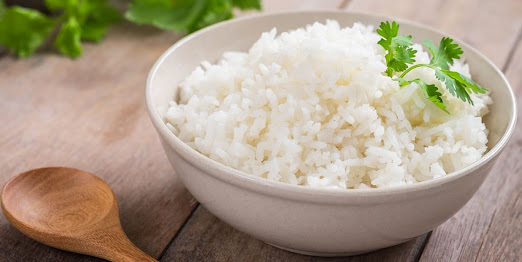
Rice Bowl for Gluten-Free Diet
Gluten-free diets have become increasingly popular in recent years due to the rise in awareness of celiac disease and gluten sensitivity. While it can be challenging to navigate the world of gluten-free foods, incorporating rice into your diet can be a great way to add variety and nutrition to your meals. In this article, we will explore the benefits of a rice gluten-free diet and share some delicious and easy ways to incorporate rice into your gluten-free lifestyle.
The Benefits of a Rice Gluten-Free Diet
Rice is naturally gluten-free, making it an excellent choice for those following a gluten-free diet. It is also a good source of complex carbohydrates, fiber, and essential vitamins and minerals such as magnesium, potassium, and vitamin B6. Rice is also low in fat and cholesterol, making it a heart-healthy option for those looking to improve their overall health and well-being.
Incorporating Rice into Your Gluten-Free Lifestyle
1. Use Rice as a Base for Your Meals
One of the easiest ways to incorporate rice into your gluten-free lifestyle is to use it as a base for your meals. Rice can be used as a substitute for pasta or bread in many recipes. For example, try using brown rice instead of traditional breadcrumbs to coat chicken or fish before baking or frying.
- Make Rice Bowls
Rice bowls are a great way to incorporate a variety of flavors and textures into your meals. Start with a base of cooked rice, and then add your favorite protein, such as grilled chicken or tofu, and a variety of vegetables and toppings, such as avocado, cucumber, and sesame seeds.
- Use Rice Flour as a Gluten-Free Alternative
Rice flour is a great gluten-free alternative to wheat flour. It can be used in a variety of baked goods, such as cookies, muffins, and bread. However, it's important to note that rice flour has a different texture and flavor than wheat flour, so you may need to experiment with recipes to find the right balance of ingredients.
- Try Different Types of Rice
There are many different types of rice to choose from, each with its own unique flavor and texture. Brown rice is a great choice for its nutty flavor and chewy texture, while white rice is a more mild option that works well in a variety of dishes. Other types of rice, such as wild rice, red rice, and black rice, offer additional nutritional benefits and can add color and variety to your meals.
- Use Rice Noodles
Rice noodles are a great gluten-free alternative to traditional wheat noodles. They are available in a variety of shapes and sizes and can be used in stir-fries, soups, and salads. Rice noodles are also a great option for those looking for a lighter, lower-calorie alternative to pasta.
- Make Rice Flour Tortillas
Rice flour tortillas are a delicious and easy gluten-free alternative to traditional wheat tortillas. They can be used in a variety of Mexican-inspired dishes, such as tacos, burritos, and quesadillas. To make rice flour tortillas, simply mix together rice flour, water, and a pinch of salt, and then roll out the dough and cook on a griddle or in a skillet.
In conclusion, incorporating rice into your gluten-free lifestyle is a great way to add variety and nutrition to your meals. Rice is naturally gluten-free and is a good source of complex carbohydrates, fiber, and essential vitamins and minerals. By using rice as a base for your meals, making rice bowls, using rice flour as a gluten-free alternative, trying different types of rice, using rice noodles, and making rice flour tortillas, you can enjoy a wide variety of delicious and healthy gluten-free
Comments
Post a Comment